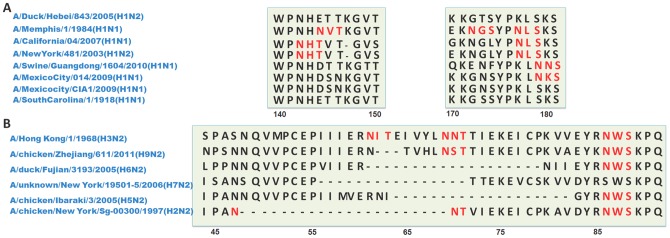Figure 2. The alignment of glycosylated regions in H1 HA and N2 NA sequences.
(A) Most adjacent glycosites in one region were determined by antigenic drift, compared to a fraction of nearby glycosites that were caused by antigen shift. Although the 144NVT/142NHT glycosites are common in seasonal H1N1 viruses, they have different origins. The 177NLS/179NKS glycosites were another common feature in the H1N1 virus. Obviously, the seasonal IVs with long-term circulation had more glycosites than the avian flu or pandemic flu. (B) The pattern of stalk domain deletion in N2 NA is distinctive in different combinations of IVs. The representative NA sequences in each available N2 subtypes are aligned in the stalk domain. As can be observed, the number of deletions varies from 4 to 24 residues, causing the loss of one or two potential glycosites. Among these, a new glycosite emerged in the restructured NA of the avian H2N2 virus.

